
Live Ant Under Microscope in 4k YouTube
Looking at ants through a simple magnifying lens, a handheld microscope, or a dissecting microscope, is simple and easy. The ant just needs to be caught and placed on a glass container or a petri dish, then observed through your chosen type of microscope.

Observing Ants Under The Microscope » Microscope Club
My school just got this awesome stereo microscope, so I brought in a large ant from my yard. We get real up close and personal!Also, does anyone know what th.
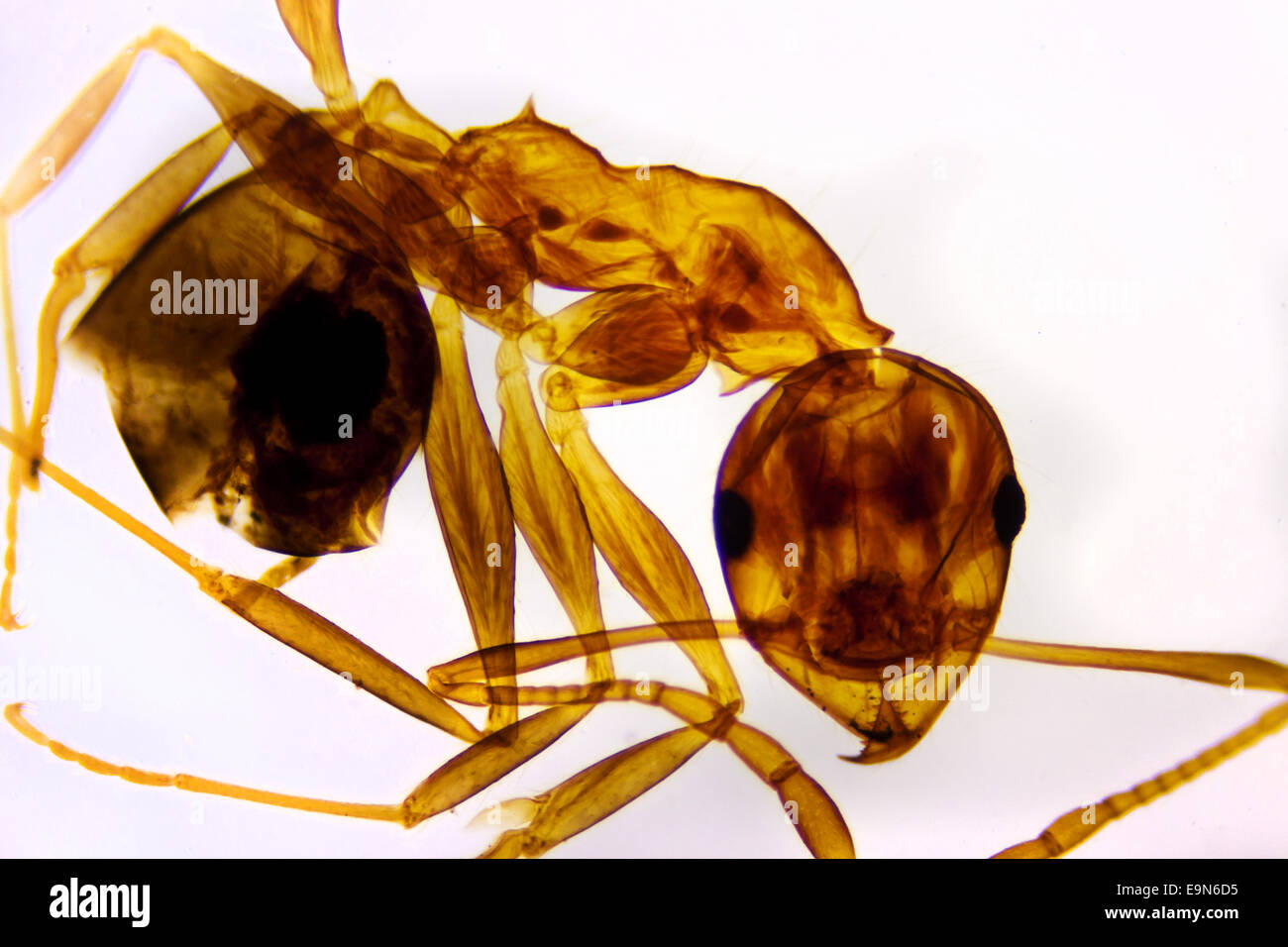
Microscope ant hires stock photography and images Alamy
Aug Ant Under Microscope, exploring the hidden world of these tiny insects can be a captivating endeavor. By peering through the lens, beginners can unlock a wealth of knowledge about ant anatomy, behavior, and adaptations.

Ant Electron Microscope National Geographic
Go to: Abstract This article outlines a suite of techniques in light microscopy (LM) and electron microscopy (EM) which can be used to study the internal and external eye anatomy of insects.

ant as seen through an EM microscope Stock Photo, Royalty Free Image 17091762 Alamy
Here, we compared 12 morphological traits of 46 Temnothorax ant specimens measured either directly by stereomicroscope on physical specimens or via the widely used open‐access software tpsDig utilizing AntWeb digital images. We employed a complex statistical framework to test several aspects of reproducibility and reliability between the methods.
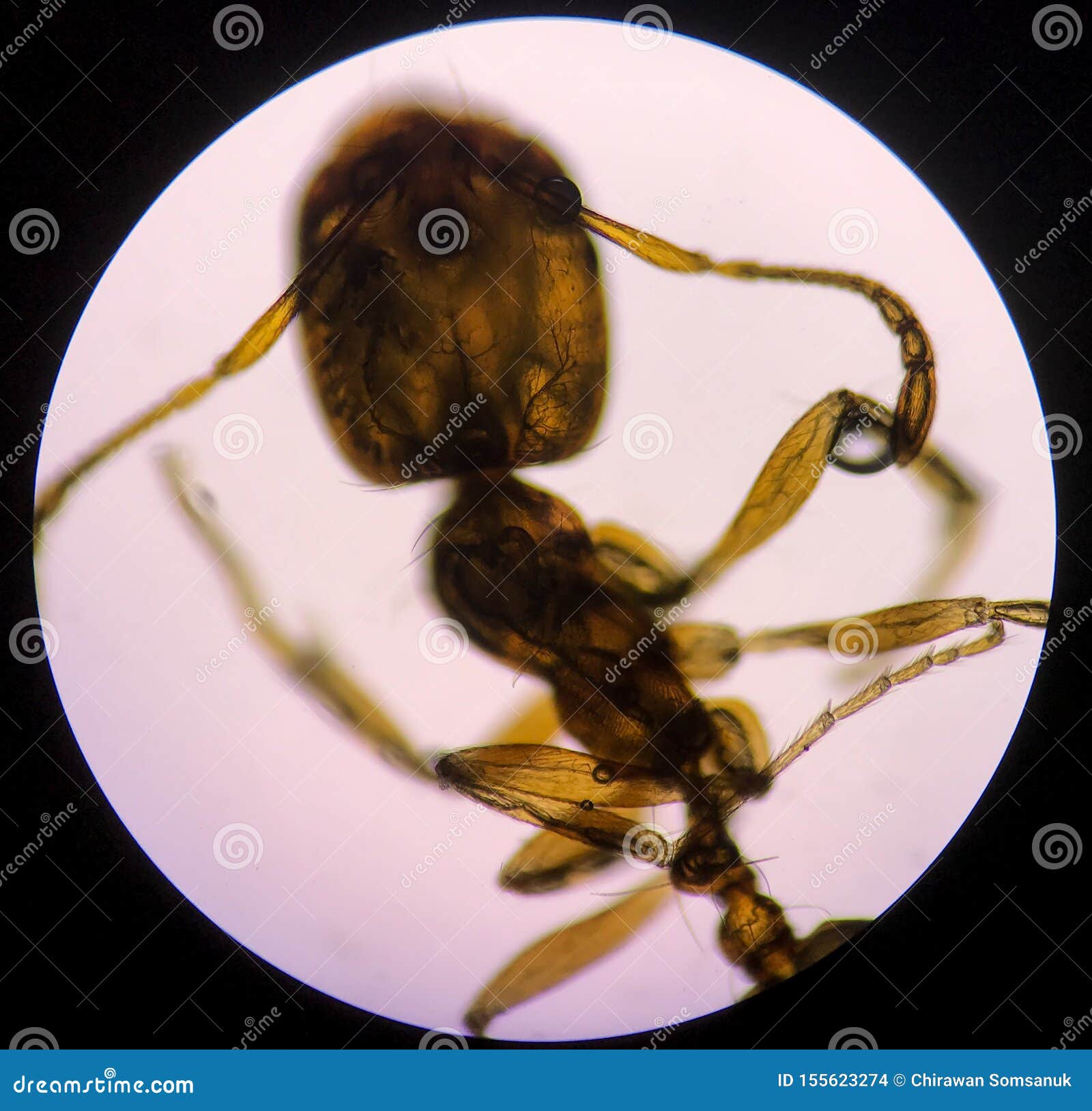
Close Up Structure Ant with Microscope Stock Photo Image of insect, isolated 155623274
Redwood ants Blood-red ants What Is the Study of Ants Called? The study of ants is called myrmecology, and the studies you can perform on ants under a microscope allow you to study their anatomy and morphology. Typically, people observe ants, their larvae, eggs, and pupae. What Does an Ant Look Like Under a Magnifying Glass? Image Credit: Piqsels

Ant Under Microscope Things Under a Microscope
Imaging through a microscope provides a magnified image of ants' eggs that only look like an oval-shaped and translucent structure under a magnifying glass. The average size of an ant's egg is around 0.5 to 1.5mm, which is smaller enough to see with the naked eye, so microscopy of these hard-shelled eggs can tell you more about their morphology.
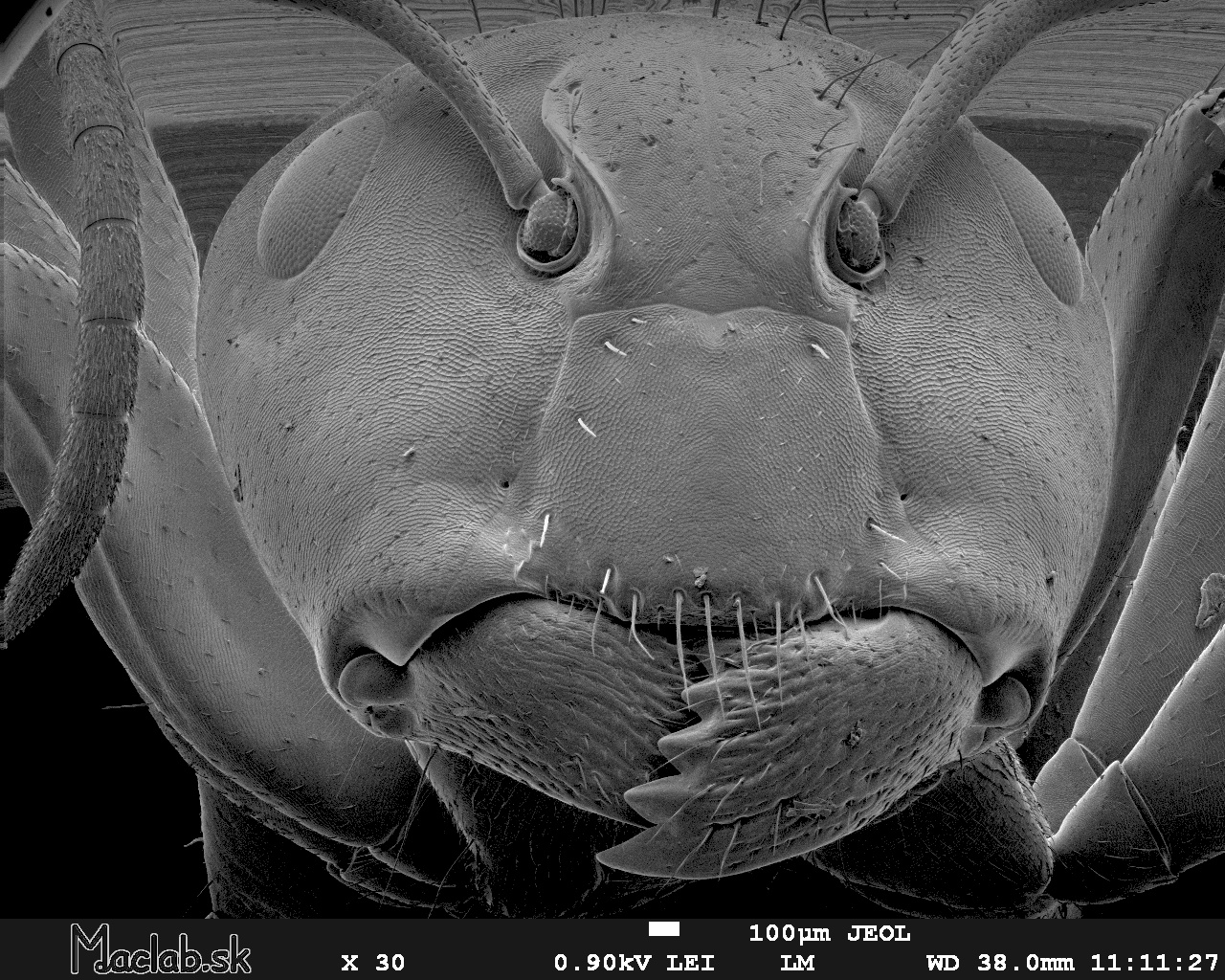
The face of an ant, as seen through an electron microscope r/pics
Looking through ant eyes. Ants' eyes are not like ours. Ants have compound eyes with many units, called ommatidia. Their eyes look like an array of LEDs you'd see in a traffic light (except in a dome shape). Each ommatidium sees one point in space so the whole eye sees one image but different portions of it. Mosaic vision of compound eye.

Ant Under Microscope Things Under a Microscope
Because ants have been able to solve complex problems, they are often compared to human societies and have been studied extensively. And captured at 400x under a biological microscope. Ants communicate with each other using pheromones, sounds and touch. Similar to other insects, ants perceive smells with their long, thin, and mobile antennae.

How Does A Scanning Electron Microscope Develop Such Breathtaking Images?
Updated Oct. 21, 2022, 1:03 p.m. ET Ants are surprisingly sinister looking under a microscope. DPA/AFP via Getty Images It's not a good look. A startling photograph of an ant's face magnified.

Ant face, looking through microscope 🐜 photography macro micro ant Electron microscope
Ant antennae are elbow-shaped and divided into segments: the scape, the longest one connected to the head, followed by the pedicel and then the other segments that compose the flagellum (figure 1). Before cutting, the flagellum was aligned with the scape providing only one cutting direction, transverse or longitudinal through the whole antenna.
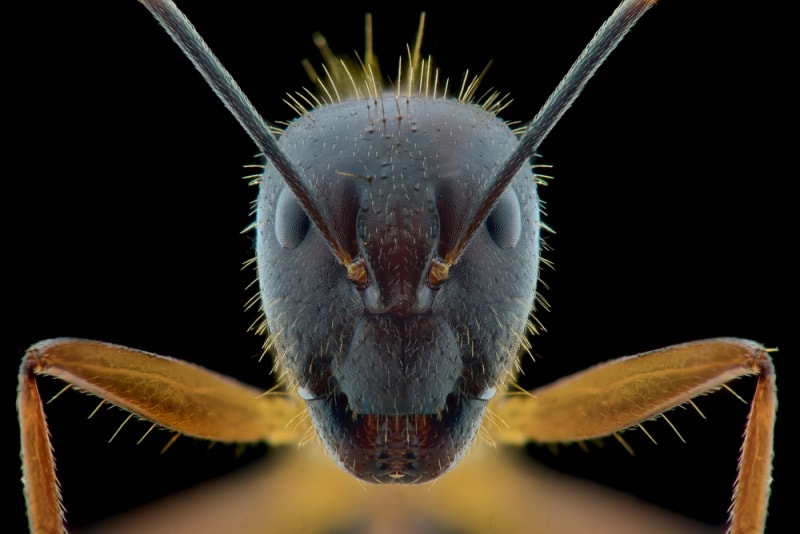
What Does an Ant Look Like Under a Microscope? (Pictures Included) Optics Mag
Ant Identification: What to Know About Ants in Your Home and Garden. Ants are insects in the same order as wasps and bees (Hymenoptera). They typically lack wings and are smaller than the insects in those groups, but like bees and wasps, many ants can sting. Certain species, such as the red imported fire ant (RIFA), are serious pests that can.

Ant Head Electron Microscope Image U.S. Geological Survey
What Does An Ant Look Like Under A Microscope? Ants Authority 91 subscribers Subscribe Subscribed 1 2 3 4 5 6 7 8 9 0 1 2 3 4 5 6 7 8 9 0 1 2 3 4 5 6 7 8 9 Share No views 1 minute ago.
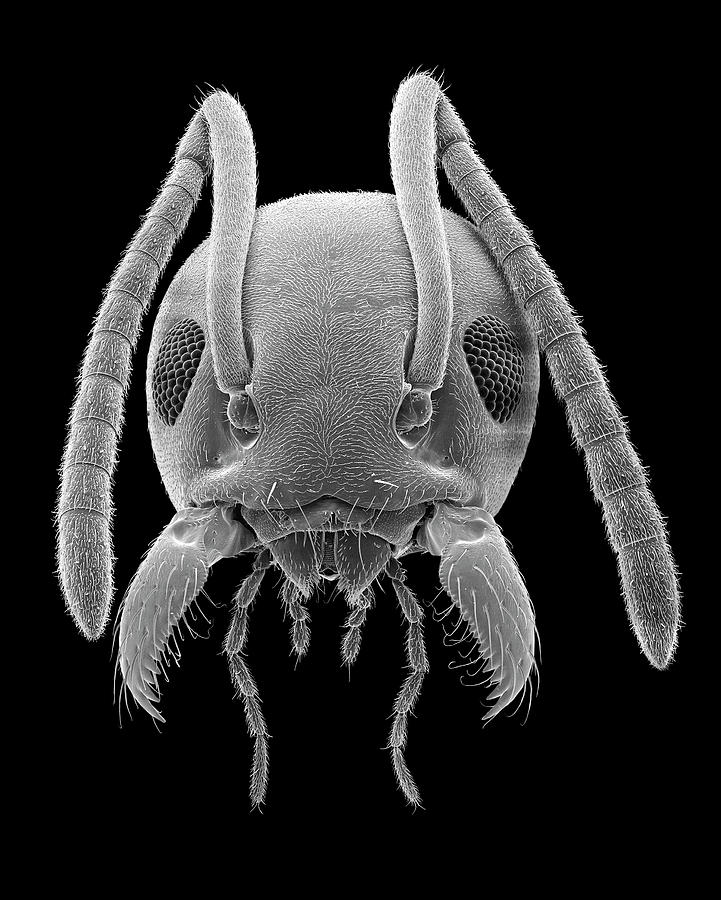
Odorous House Ant Photograph by Dennis Kunkel Microscopy/science Photo Library Fine Art America
I doubt I need to point out that identifying ants to subfamily or species level requires a decent microscope! Ant head, face on. Ants have a top lip. above the mandible, knows as. queen ants do still have poison sacs, although no sting to deliver poison through. The Acidopore is found in most members of the subfamily Forminaceae, serving a.
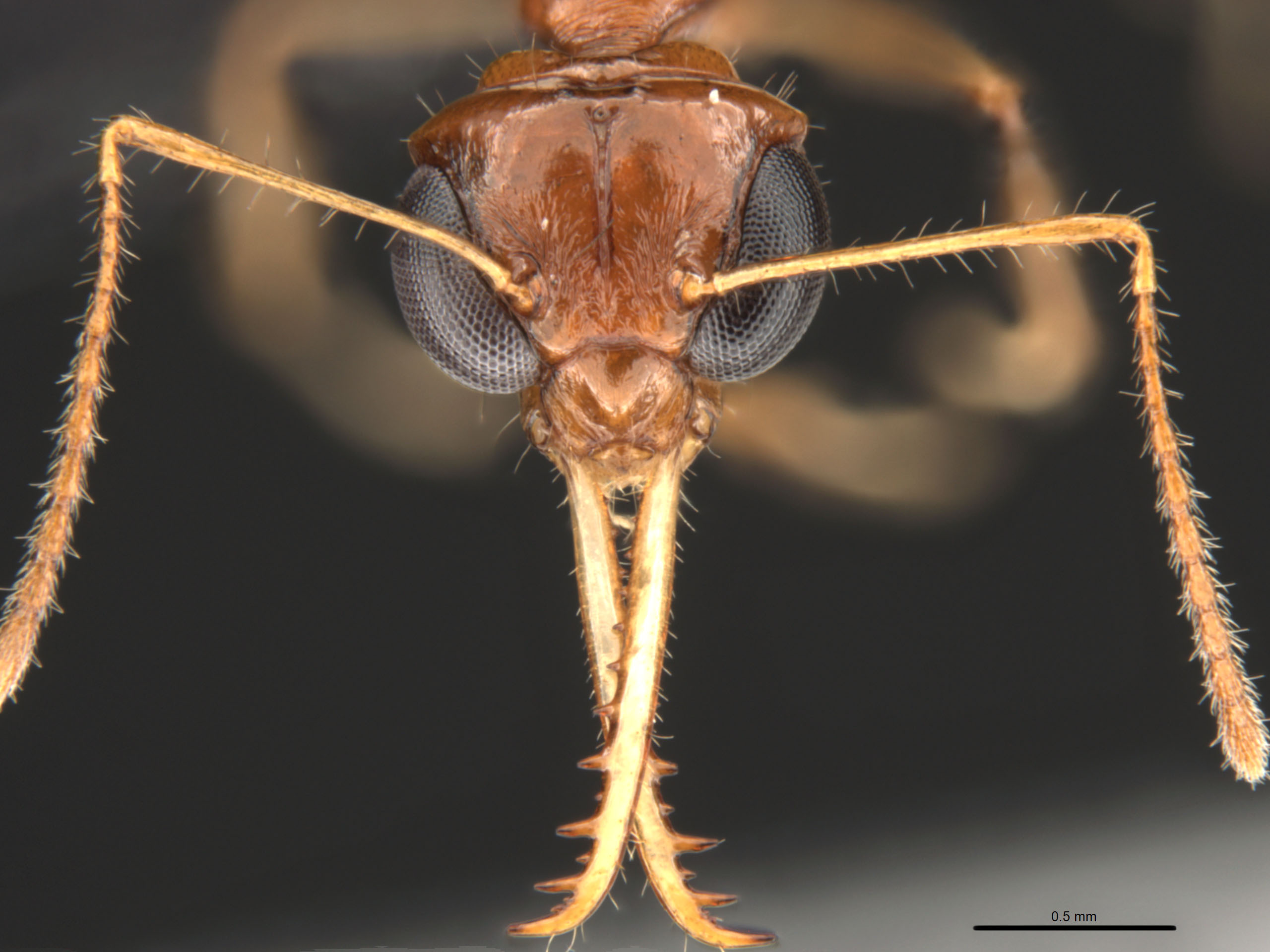
Myrmoteras cuneonodum, ant head under a microscope Okinawa Institute of Science and Technology
Study of Ants Myrmecology is the branch of entomology that specifically deals with ants. While human beings have known about ants throughout human history, Anguste Forel, a Swiss psychologist, is credited for his role in paving the way for scientific study of these insects.

2 Ants Under microscope YouTube
Live Ant Under Microscope in 4kviewed using Nikon 4x APO objective and 10x APO objective